Your cart is currently empty!
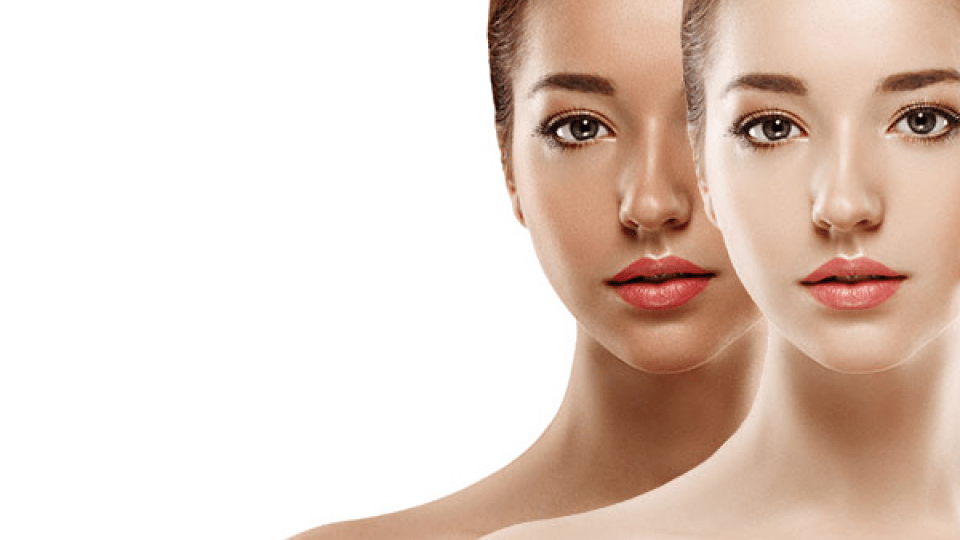
Understanding Tan on the Skin: Causes, Treatments, and Effective Removal Methods

Table of Contents
Tan skin is a darkening of the complexion due to exposure to ultraviolet (UV) radiation, typically from the sun. When the skin is exposed to UV rays, it produces a pigment called melanin as a defense mechanism to protect itself from further damage. Melanin is responsible for giving the skin its color and is produced by special cells called melanocytes.
When the skin is exposed to UV radiation, the melanocytes produce more melanin, causing the skin to darken or tan skin. Tanning is the body’s way of trying to shield itself from the harmful effects of UV rays, which can include sunburn, premature aging, and an increased risk of skin cancer. Piuny Cosmetics understand your problems that’s why we provided you the best skincare product for all skin types.
There are two types of melanin that contribute to skin color:
- Eumelanin: This type of melanin is responsible for brown to black pigmentation in the skin. It is produced in higher quantities in people with darker skin tones.
- Pheomelanin: Pheomelanin produces yellow to reddish pigmentation in the skin and is more prevalent in people with lighter skin tones.
The degree of tanning varies depending on factors such as skin type, sun exposure duration, and intensity of UV radiation. Some people tan skin more easily than others due to genetic factors or previous sun exposure.
While some individuals seek a tan skin for cosmetic reasons, it’s important to remember that tanning is a sign of skin damage and can increase the risk of skin cancer. Protecting the skin from UV radiation through the use of sunscreen, protective clothing, and seeking shade when outdoors is essential for maintaining skin health and reducing the risk of sun damage.
Tan Skin Causes
Tanning, the darkening of the skin due to exposure to ultraviolet (UV) radiation, is a complex process with both cosmetic and physiological implications. While many individuals seek a tan skin for its aesthetic appeal, it’s crucial to understand the causes and consequences associated with this phenomenon.
At its core, tanning occurs as a protective response of the skin to UV radiation from the sun or artificial sources like tanning beds. When the skin is exposed to UV rays, it triggers a series of cellular reactions aimed at defending against further damage. One of the primary mechanisms involves the activation of melanocytes, specialized cells in the skin that produce a pigment called melanin.
Melanin serves as the body’s natural sunscreen, absorbing and scattering UV radiation to prevent it from penetrating deeper layers of the skin. As melanocytes produce more melanin in response to UV exposure, the skin darkens, resulting in a tan skin . This process is the body’s way of adapting to environmental stressors and minimizing the risk of DNA damage that can lead to sunburn or skin cancer.
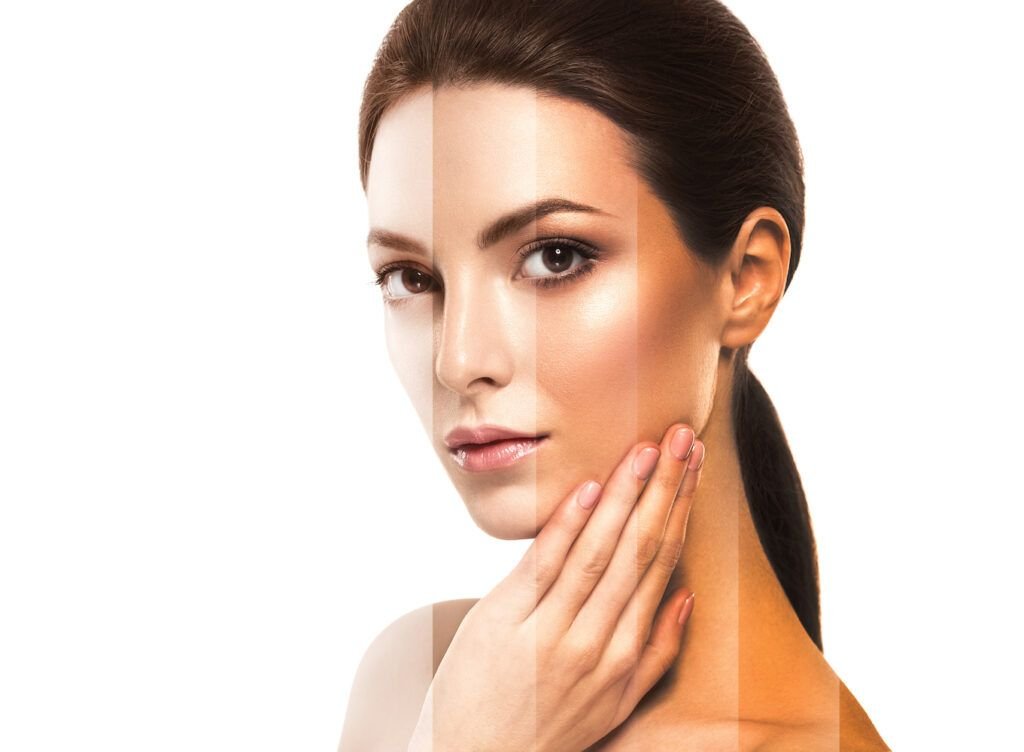
However, despite its protective role, tanning comes with its own set of risks and consequences. Prolonged or excessive exposure to UV radiation can overwhelm the skin’s defense mechanisms, leading to sunburn, premature aging, and an increased risk of skin cancer. UV radiation damages the DNA in skin cells, triggering mutations that can eventually lead to the development of melanoma, squamous cell carcinoma, or basal cell carcinoma.
Additionally, certain factors can influence an individual’s susceptibility to tanning and its associated risks. Skin type plays a significant role, with fair-skinned individuals being more prone to sunburn and UV-induced damage compared to those with darker skin tones. Genetic factors also contribute to an individual’s ability to tan skin, as variations in melanin production and skin pigmentation influence how the skin responds to UV exposure.
Furthermore, cultural attitudes and societal norms surrounding tanning have contributed to the prevalence of sun-seeking behaviors. In many cultures, tanned skin is associated with health, vitality, and attractiveness, leading some individuals to pursue a tan skin at any cost. This mindset has fueled the popularity of tanning salons and sunbathing despite mounting evidence of the associated health risks.
To mitigate these risks and promote skin health, it’s essential to adopt sun-safe practices and prioritize sun protection. This includes wearing sunscreen with a high sun protection factor (SPF), seeking shade during peak sun hours, and wearing protective clothing such as hats and sunglasses. Avoiding tanning beds altogether is also recommended, as they expose the skin to concentrated UV radiation and increase the risk of skin cancer.
while tanning is a natural response of the skin to UV radiation, it carries significant risks and consequences. Understanding the causes and implications of tanning is essential for making informed decisions about sun exposure and protecting the skin from damage. By prioritizing sun safety and embracing healthy skin care practices, individuals can enjoy the outdoors while minimizing the harmful effects of UV radiation.
Tan Skin treatments
Tan skin treatments encompass a variety of methods aimed at either enhancing or reducing the appearance of a tan skin. These treatments cater to individuals with diverse preferences, from those seeking a bronzed complexion to those looking to fade or remove a tan. Here, we’ll explore several common tan treatments and their benefits:
Sunless Tanning Products
Sunless tanning products, such as self-tanners, offer a safe alternative to traditional sunbathing or tanning bed exposure. These products typically contain dihydroxyacetone (DHA), a colorless sugar that interacts with amino acids in the skin’s outermost layer to produce a temporary tan skin . Sunless tanners come in various forms, including lotions, sprays, mousses, and wipes, allowing users to customize their application method and achieve their desired level of tan. They provide a quick and convenient way to achieve a sun-kissed glow without exposing the skin to harmful UV radiation.

Exfoliation
Exfoliation is a natural tan removal method that helps slough off dead skin cells and fade the appearance of a tan skin over time. By using exfoliating scrubs or chemical exfoliants containing ingredients like alpha hydroxy acids (AHAs) or beta hydroxy acids (BHAs), individuals can promote cell turnover and reveal fresher, lighter skin underneath. Regular exfoliation can accelerate the natural fading process of a tan and improve overall skin texture and tone.
Bleaching Agents
Bleaching agents, such as hydroquinone or kojic acid, are often used to lighten hyper pigmented areas of the skin, including tanned areas. These agents work by inhibiting melanin production in the skin, leading to a gradual reduction in tan skin intensity. However, it’s essential to use bleaching agents cautiously and under the guidance of a dermatologist, as they can cause irritation or adverse reactions in some individuals, particularly those with sensitive skin.
Chemical Peels
Chemical peels involve the application of a chemical solution to the skin, which causes exfoliation and peeling of the outermost layers. Certain types of chemical peels, such as glycolic acid or salicylic acid peels, can help lighten a tan skin by promoting the shedding of pigmented skin cells. Chemical peels vary in strength and depth, with some requiring professional administration by a dermatologist or licensed esthetician to ensure safety and efficacy.
Microdermabrasion
Microdermabrasion is a non-invasive cosmetic procedure that uses a handheld device to exfoliate the skin’s surface and improve its texture and appearance. During microdermabrasion treatment, tiny crystals are sprayed onto the skin to remove dead skin cells, including those containing excess pigment from a tan skin. This process stimulates collagen production and enhances skin renewal, resulting in a lighter and more even complexion over time.
Laser Therapy
Laser therapy, such as intense pulsed light (IPL) or fractional laser resurfacing, can effectively target and lighten areas of hyperpigmentation, including tanned skin. These treatments work by delivering focused beams of light energy to the skin, which selectively target melanin-containing cells and break up excess pigment. Laser therapy is often used for more stubborn or deeply pigmented tans and may require multiple sessions to achieve desired results.
Topical Treatments
Topical treatments containing ingredients like vitamin C, niacinamide, or licorice extract can help lighten a tan and even out skin tone when applied regularly. These ingredients have skin-brightening properties and work by inhibiting melanin production or promoting its breakdown in the skin. Topical treatments are typically milder than prescription-strength bleaching agents and may be suitable for individuals with sensitive skin or mild pigmentation concerns.
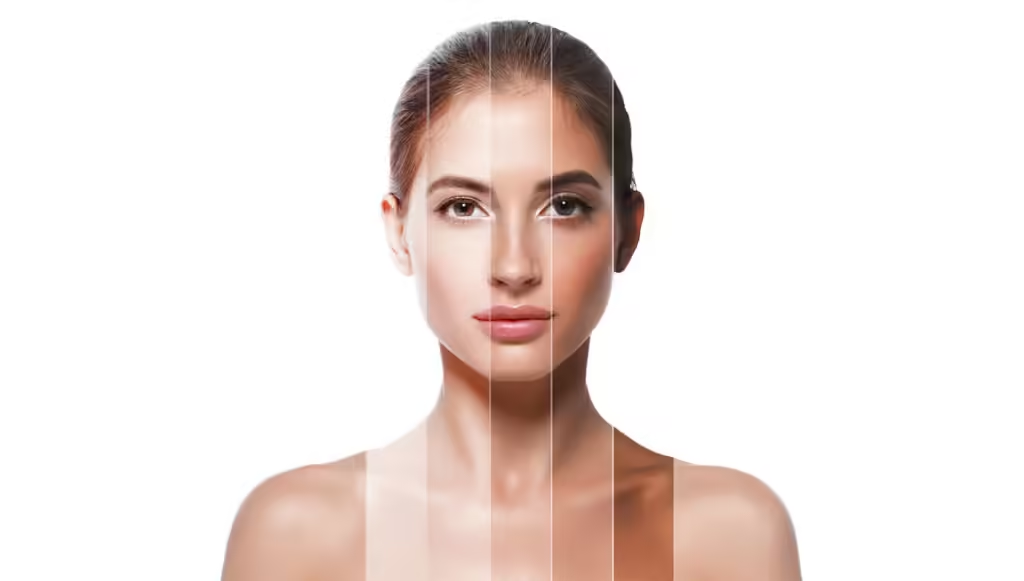
Professional Tan Removal Services
Some spas and skincare clinics offer specialized tan skin removal services, such as body wraps, steam treatments, or customized skincare regimens tailored to individual skin types and concerns. These services may combine exfoliation, moisturization, and targeted treatments to effectively lighten and remove unwanted tans while promoting overall skin health and rejuvenation.
tan treatments encompass a range of options for individuals looking to either enhance or diminish the appearance of a tan on their skin. From sunless tanning products and exfoliation to bleaching agents, chemical peels, and laser therapy, there are various methods available to address different tanning-related concerns and achieve desired skincare goals. It’s essential to choose treatment options carefully based on individual skin type, preferences, and any underlying skin conditions, and to consult with a dermatologist or skin care professional for personalized recommendations and guidance.
Topical Treatments:
- Topical treatments containing ingredients like vitamin C, niacinamide, or kojic acid can help lighten tan and even out skin tone when applied regularly. These ingredients have skin-brightening properties and work by inhibiting melanin production or promoting its breakdown in the skin. Look for skincare products specifically formulated to target hyperpigmentation or uneven skin tone, and incorporate them into your daily skincare routine for best results.
Professional Treatments:
- For stubborn tans or if you’re seeking faster results, consider professional treatments such as laser therapy or intense pulsed light (IPL) therapy. These treatments target excess pigment in the skin and can help to lighten tan more quickly and effectively than at-home remedies. However, they may require multiple sessions and should be performed by a qualified dermatologist or skincare professional to ensure safety and efficacy.
Removing tan from the skin requires a multi-faceted approach that includes exfoliation, hydration, sun protection, and targeted treatments. Whether you choose natural remedies, over-the-counter products, or professional treatments, consistency is key to achieving desired results. Additionally, it’s important to be patient and gentle with your skin, as aggressive methods can lead to irritation and further damage. By following these steps and incorporating sun-safe practices into your skincare routine, you can effectively lighten or remove tan and maintain a healthy, radiant complexion.
Conclusion
Understanding tan on the skin involves recognizing its causes, exploring various treatments, and implementing effective removal methods. Tan occurs as a protective response to UV radiation, with melanin production increasing to shield the skin from further damage. However, prolonged exposure to UV rays can lead to sunburn, premature aging, and an increased risk of skin cancer.
Effective removal methods include exfoliation, natural remedies, hydration, sun protection, chemical peels, microdermabrasion, topical treatments, and professional procedures like laser therapy. Each approach targets pigmented skin cells, promotes skin renewal, and encourages the fading of the tan.
Consistency and patience are crucial when seeking to remove tan safely and effectively. By adopting sun-safe practices and incorporating suitable treatments into your skincare routine, you can achieve a lighter and more even complexion while prioritizing skin health and protection.

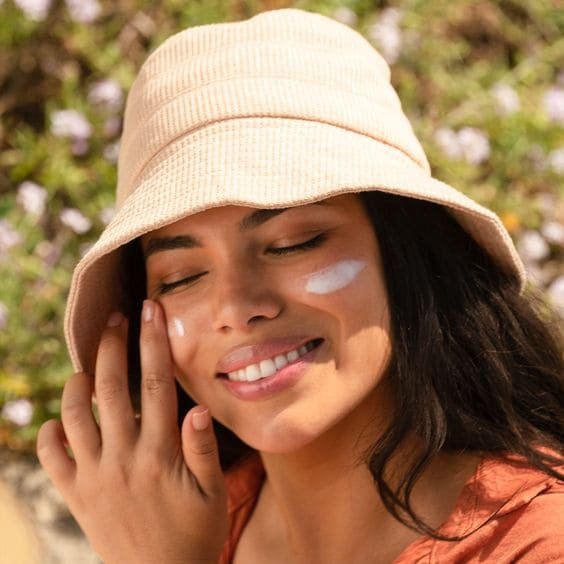
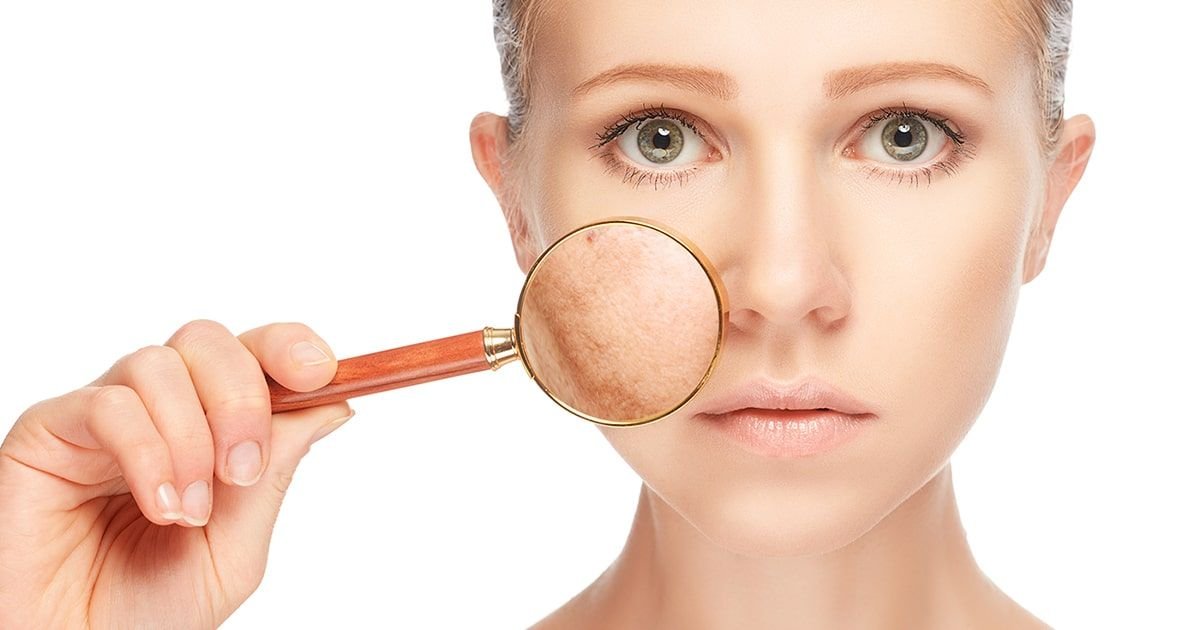

Leave a Reply